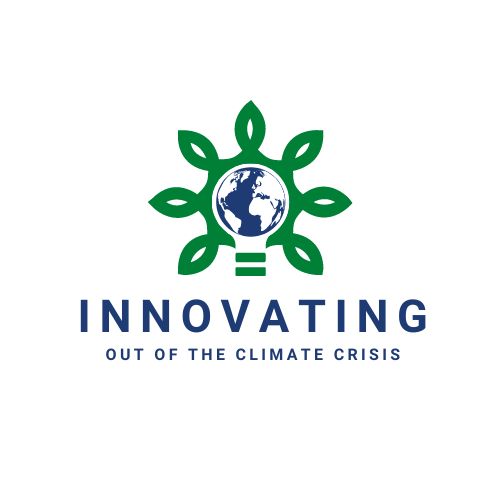
Understanding Carbon Border Adjustment Mechanisms (CBAMs)
The U.S. has made tackling the climate crisis a guiding principle of national and international security policy. Over the past several years, there have been a number of climate related activities at the federal level, including the establishment of cabinet climate adaptation and resilience plans, major Congressional legislation and funding, and greenhouse gas (GHG) rulemaking. While there are countless regulatory efforts still being debated, carbon border adjustment mechanisms (CBAMs) seem to be having their day in the sun.
As ASP as written about before, there are existing trade tools that can be leveraged to help mitigate the climate crisis. A CBAM is one of them. At its core, a CBAM is a tariff or tax on carbon emissions, particularly for carbon-intensive commodities, like aluminum and steel. They are fundamentally designed to reflect and enhance environmental policy, as CBAMs attempt to address “carbon leakage”—or the offshoring of carbon-heavy production to countries or locations that have lower emissions standards.
Due to existing environmental regulations and advanced manufacturing, many U.S. industries are cleaner and use less carbon in their processes compared to their often-cheaper counterparts in countries like Russia, India, and China. CBAMs, then, can be a critical tool in helping enhance economic competitiveness while simultaneously reducing GHG emissions. One study puts the U.S. “carbon advantage” at three times that of China and nearly four times that of India—meaning that by establishing a CBAM in the U.S., American companies can secure a strategic advantage against carbon-intensive, dirtier, and cheaper foreign competitors while earning significant economic benefits. Specifically, in sectors like steel and aluminum, where the U.S. ranks among the lowest for embodied carbon intensity, a U.S. CBAM could help U.S. producers capture more than $6-8 billion of their respective markets by 2030.
However, establishing a CBAM is a complex and data-centric process. In order to maintain World Trade Organization compliance, CBAMs are ideally paired with or executed in conjunction with a domestic price for carbon. A carbon price is a financial instrument that is established based on a calculated cost of what the general public pays for, such as increased health care costs from heat waves and droughts, or damage to agriculture. How to measure those factors to establish either an emissions trading system (ETS) or carbon tax can be contentious, but is certainly not without precedent.
CBAMs are now front and center as the European Union (EU) has an established carbon price and started implementation of its CBAM. Though in a transition (data collection and reporting) phase for the next two years, CBAM tariffs will go into full effect in 2026, with expansion to additional industrial sectors by 2030. And they aren’t alone. Japan has initiated a carbon pricing plan for fossil fuels, as has Canada, as well as the United Kingdom (UK), which announced the adoption of a carbon pricing policy and subsequent UK CBAM just last month.
Although the U.S. is a major trading partner of both the UK and EU, it does not have any similar federal carbon pricing or CBAM in place. Some states already have individual carbon pricing policies, and others, like Florida. have become more attuned to the geopolitical, economic, and climate implications of not having a CBAM or carbon pricing scheme. As such, the U.S. should prioritize consideration of establishing effective regulatory regimes to ensure global economic competitiveness.
Fortunately, federal action has started to pick up. In 2022, Congress dipped its toe in the water with two CBAM related bills (the Clean Competition Act and FAIR Transition and Competition Act) that ultimately went nowhere. But the current Congress has four bills proposed to better position the U.S. and U.S. based companies as other CBAMs come into full force: the Energy Innovation and Carbon Dividend Act; the Market Choice Act; the Foreign Pollution Free; and the PROVE IT Act. Congress has a packed session ahead, and with it—a key opportunity to take constructive action on an important issue that enjoys strong bipartisan support.





